| Usage |
Varenicline is available in tablet form for oral administration. Typically, it starts with once-daily dosing, later transitioning to twice-daily intake in the morning and evening. To ensure effectiveness, consume varenicline with a full 8-ounce (240 mL) glass of water after a meal. Maintain a consistent schedule for taking varenicline each day, following your prescription label meticulously. Adhere to your doctor's instructions precisely, avoiding any alterations in dosage frequency or amount without medical guidance.
The initiation of varenicline therapy typically begins with a low dose, gradually increasing during the first week of treatment. There are three methods of using varenicline to aid in smoking cessation:
1. Quit Date Approach: You can select a quit date to stop smoking, commencing varenicline use one week before the chosen date. During the initial week of varenicline treatment, you may continue to smoke, but your goal is to cease smoking on your predetermined quit date.
2. Flexible Start: An alternative option is to begin taking varenicline and quit smoking within a window of 8 to 35 days after starting treatment.
3. Gradual Reduction: If you are uncertain about quitting abruptly or prefer a gradual approach, you can initiate varenicline and gradually reduce smoking over a 12-week treatment period. In weeks 1-4, aim to smoke only half of your usual daily cigarettes. Weeks 5-8 involve reducing consumption to one-quarter of your starting daily cigarette count. For weeks 9-12, continue cutting down until you reach complete cessation. The objective is to quit smoking entirely within the 12-week period or earlier if you feel prepared.
It may take several weeks to fully experience the benefits of varenicline. If you happen to have a lapse and smoke during your treatment, don't be discouraged; you can still work towards quitting. Keep taking varenicline and make an effort to avoid smoking. The standard treatment duration with varenicline is 12 weeks. If you successfully quit smoking within this timeframe, your doctor might recommend an additional 12-week course to help prevent relapse. However, if you have not quit smoking after 12 weeks, consult your doctor for guidance and potential adjustments to your quit plan.
|
| Side Effects |
Dutasteride may lead to side effects. It's important to inform your doctor if any of the following symptoms persist or become bothersome:
• Difficulty achieving or maintaining an erection
• Decreased sex drive
• Ejaculation difficulties
Certain side effects may be of a more serious nature. If you encounter any of the subsequent symptoms, it is imperative to contact your doctor immediately or seek emergency medical assistance:
• Breast changes, including increased size, presence of lumps, pain, or nipple discharge
• Swelling of the face, tongue, or throat, which could affect breathing or swallowing
• Skin peeling
Taking dutasteride may potentially elevate your risk of developing high-grade prostate cancer, a form of the disease that spreads more rapidly than others. It is crucial to engage in a discussion with your doctor about the risks associated with dutasteride therapy. Additionally, dutasteride might induce other side effects. Should you experience any unusual issues while using this medication, promptly consult your healthcare provider.
|
| Storage |
Ensure the safe storage of this medication by keeping it in its original container, securely closed, and beyond the grasp of children. Store it at room temperature, safeguarding it from excessive heat and moisture (avoid storing it in the bathroom). Properly dispose of any unused medication to prevent accidental consumption by pets, children, or others. Do not flush this medication down the toilet; instead, opt for a medicine take-back program. You can consult your pharmacist or contact your local garbage/recycling department to inquire about available take-back programs in your area. Given that various medication containers, such as weekly pill organizers, eye drop bottles, cream tubes, patches, and inhalers, may not be child-resistant, it's crucial to keep all medications out of children's sight and reach. To prevent accidental poisoning, always secure safety caps and promptly store the medication in a secure location, positioned out of children's sight and reach.
|
| Special Precautions |
Before initiating varenicline treatment, it's important to communicate the following information to your doctor and pharmacist:
1. Inform them about any allergies you have, including allergies to varenicline or other medications.
2. Provide a comprehensive list of all your current prescription and nonprescription medications, vitamins, nutritional supplements, and herbal products. Specifically, mention medications such as anticoagulants (blood thinners) like warfarin, insulin, other smoking cessation aids like bupropion, and nicotine products like gum, inhalers, lozenges, nasal spray, or skin patches. Your doctor may need to adjust the dosages of some medications when you stop smoking.
3. Share your medical history, including any past experiences of withdrawal symptoms when attempting to quit smoking, as well as any history of epilepsy (seizures), heart conditions, blood vessel issues, or kidney disease.
4. If you are pregnant, planning to become pregnant, or currently breastfeeding, it's essential to notify your doctor. If you become pregnant while using varenicline, seek immediate medical guidance. If you breastfeed while taking varenicline, monitor your baby for signs of seizures, increased vomiting, or frequent spitting up. Contact your doctor promptly if your baby exhibits any of these symptoms.
5. Be aware that varenicline may cause drowsiness, dizziness, loss of consciousness, or difficulties concentrating. Some individuals have reported traffic accidents and near-miss incidents while taking varenicline. It is advisable to refrain from driving or operating machinery until you understand how varenicline affects you.
6. Discuss the potential behavioral changes associated with varenicline, including hostility, agitation, depressive moods, and suicidal thoughts or actions. While the connection between varenicline and these mood changes remains uncertain, some individuals experienced such symptoms while taking varenicline, both while continuing to smoke and after quitting. These symptoms could arise in individuals with or without a history of mental illness and may worsen preexisting conditions. Inform your doctor if you have a history of depression, bipolar disorder, schizophrenia, or other mental health issues. If you experience any of the following symptoms, discontinue varenicline and contact your doctor immediately: suicidal thoughts or actions, worsening depression, anxiety, panic attacks, agitation, restlessness, anger, violent behavior, risky actions, mania (elevated mood or rapid speech), unusual thoughts or sensations, hallucinations, paranoia, confusion, or any abrupt and unusual changes in behavior, thinking, or mood. Ensure that your family or caregiver is aware of these serious symptoms so they can seek medical assistance if necessary. Your doctor will closely monitor your condition until your symptoms improve.
7. If you consume alcoholic beverages, consult your doctor about the safe use of alcohol while taking varenicline, as it can intensify the effects of alcohol.
8. Request guidance and written information from your doctor to support your smoking cessation efforts. Your chances of successfully quitting smoking during varenicline treatment are higher when you receive information and support from your healthcare provider.
|


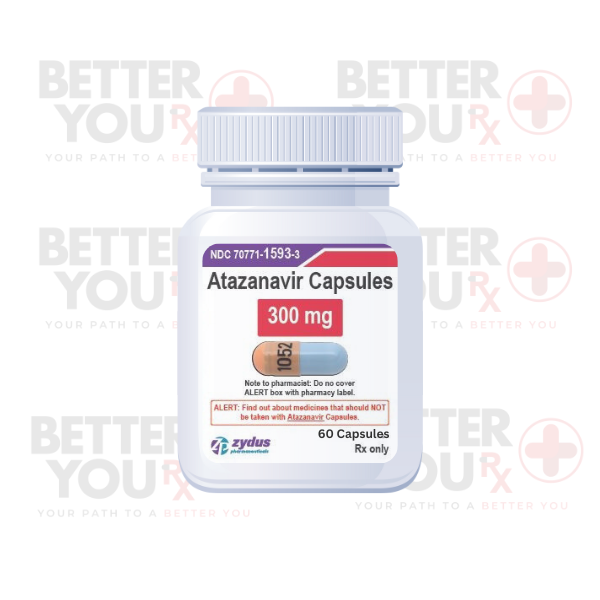
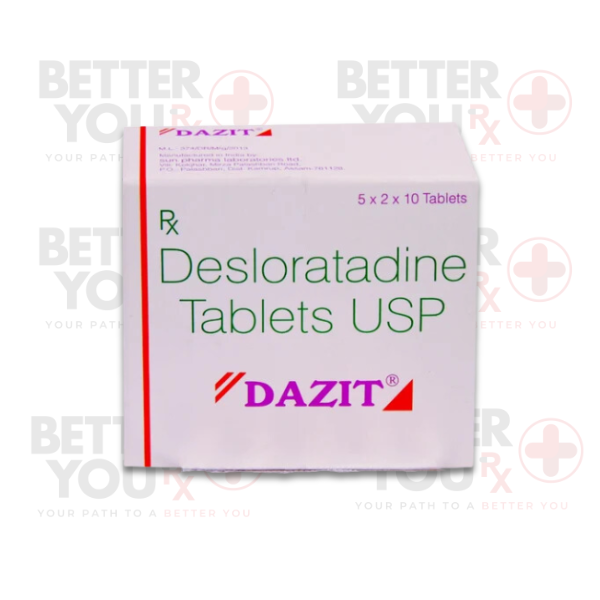
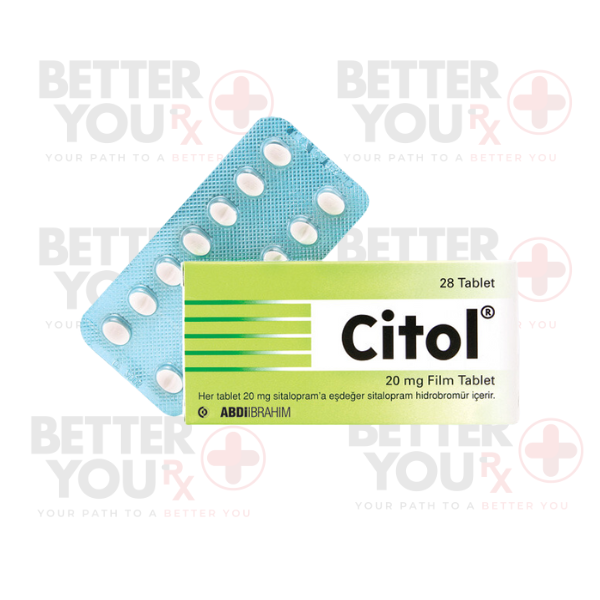
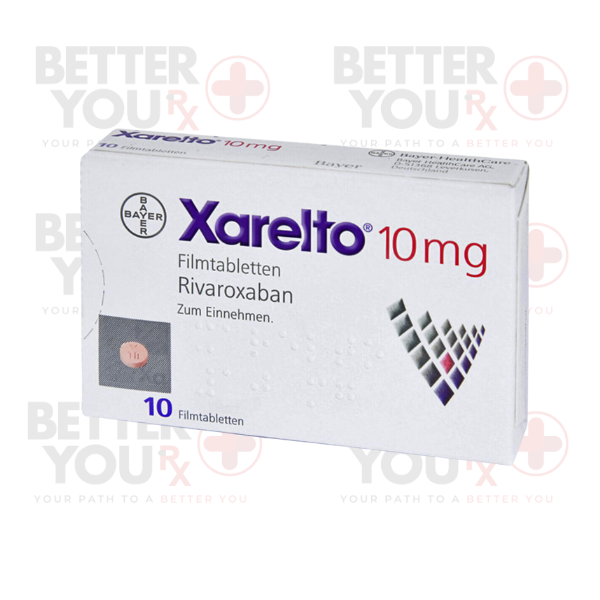
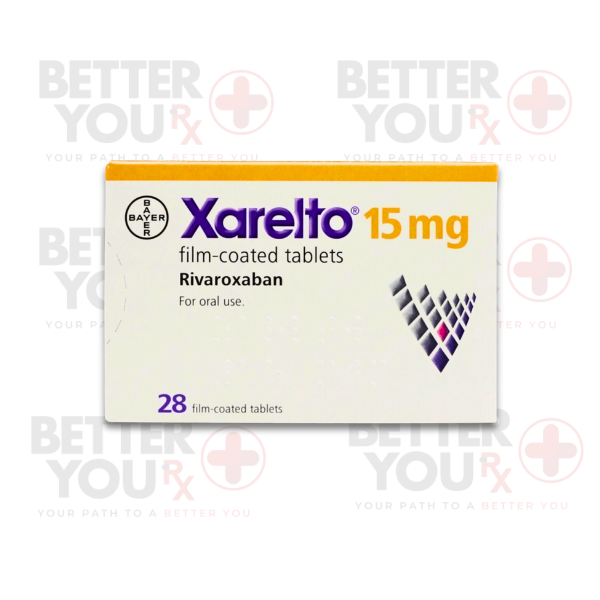

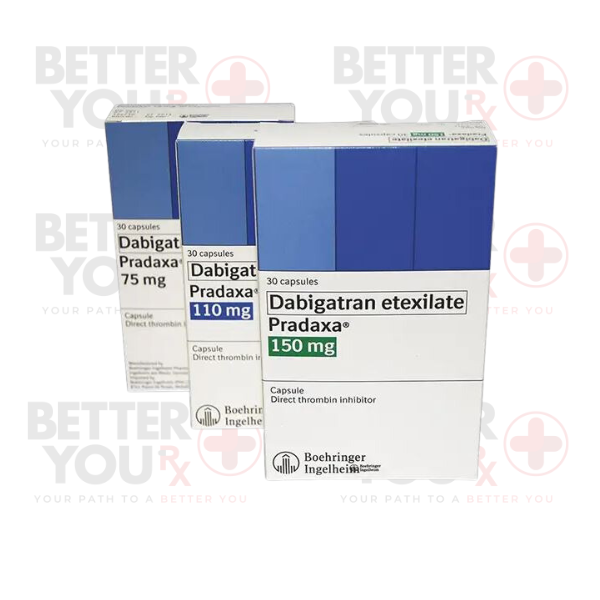
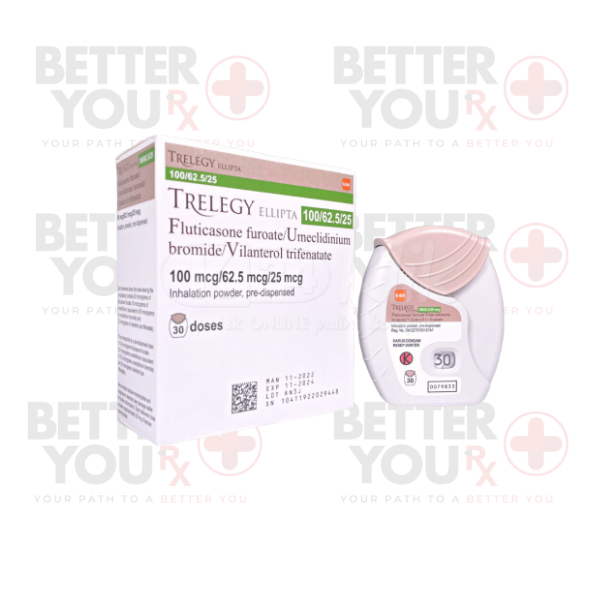
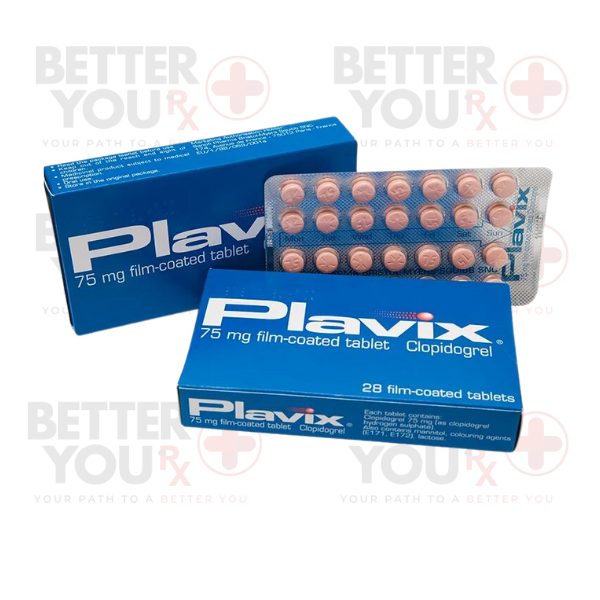
Reviews
There are no reviews yet.